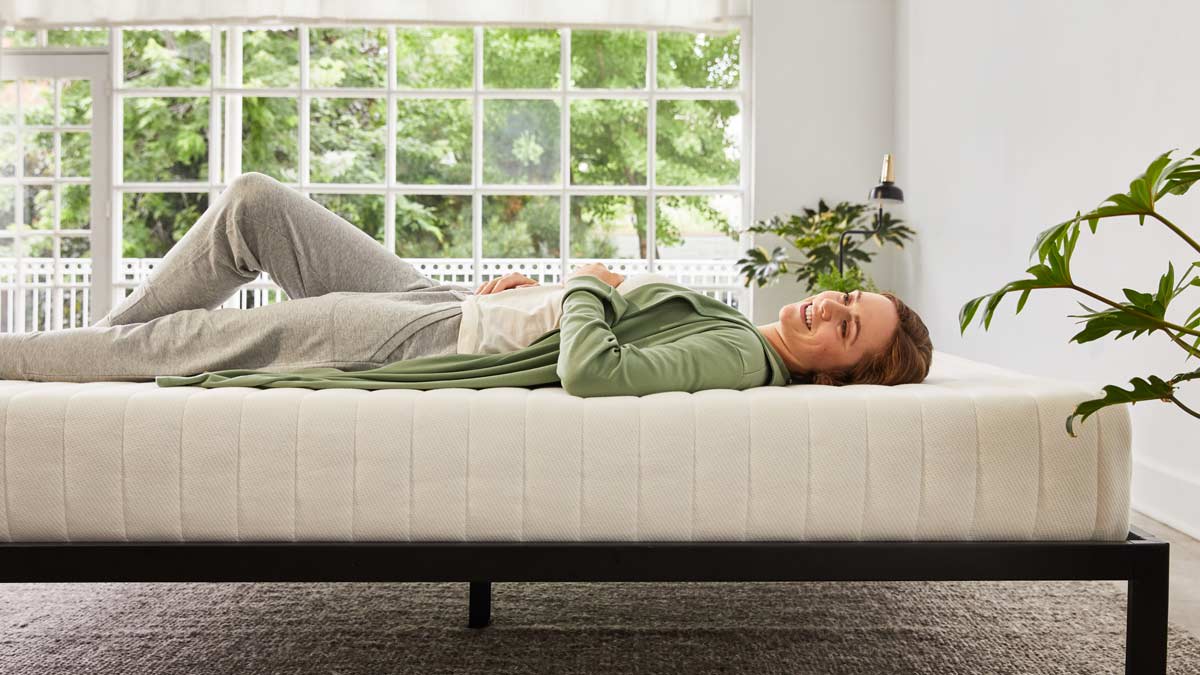
To better identify and explain firmness, we measure it by applying a load to the mattresses that gradually increases to 1,000 newtons, or 225 pounds. While that load is increasing, we plot the curve of the mattress’s deflection. The deflection at key points on this curve is then analyzed to determine a value that we then present on a scale of 1 to 10, with 10 being the firmest.
Because we use a consistent scale, you can compare the firmness level of all the mattresses in our ratings and make an informed buying decision. For example, the Serta iComfort Hybrid Firm Mattress receives only 4 out of 10 on our firmness scale.
If you want a truly firm mattress, you’ll be better off considering mattresses with at least a 7 on our firmness scale, even if they’re not specifically described by the seller as firm. Keep in mind that a mattress’s firmness level, whether a 7 or a 3, doesn’t indicate whether a mattress has a good or bad feel, just how soft or firm it is compared with other mattresses in our ratings.
Chris Regan, who oversees mattress testing at Consumer Reports, recommends that shoppers start browsing at retailers by trying those that land around the middle of our firmness scale. “Then make adjustments from there, moving softer or firmer based on what you feel when lying on the mattress,” he says. (For more mattress-shopping strategies, including answers to frequently asked questions, see our mattress buying guide.)
Source link










